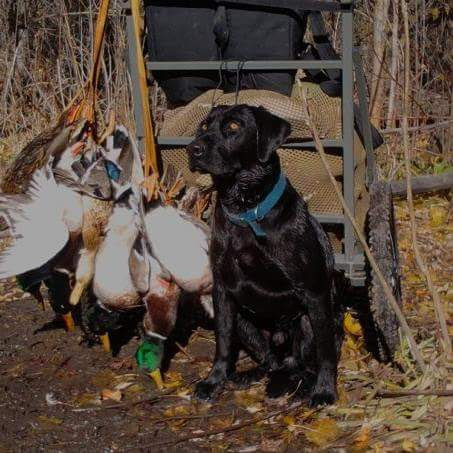Colberjs
Member
I'm trying to get into waterfowl hunting a little bit. I have a kayak and bought some waders and am contemplating upgrading my shotgun to a 28" semi-auto. I'm wondering how many decoys I really need. I see guys with literally dozens of decoys with multiple breeds of ducks.
Can I get by with a mixed dozen mallard hens and drakes for a solo hunter?
Can I get by with a mixed dozen mallard hens and drakes for a solo hunter?





